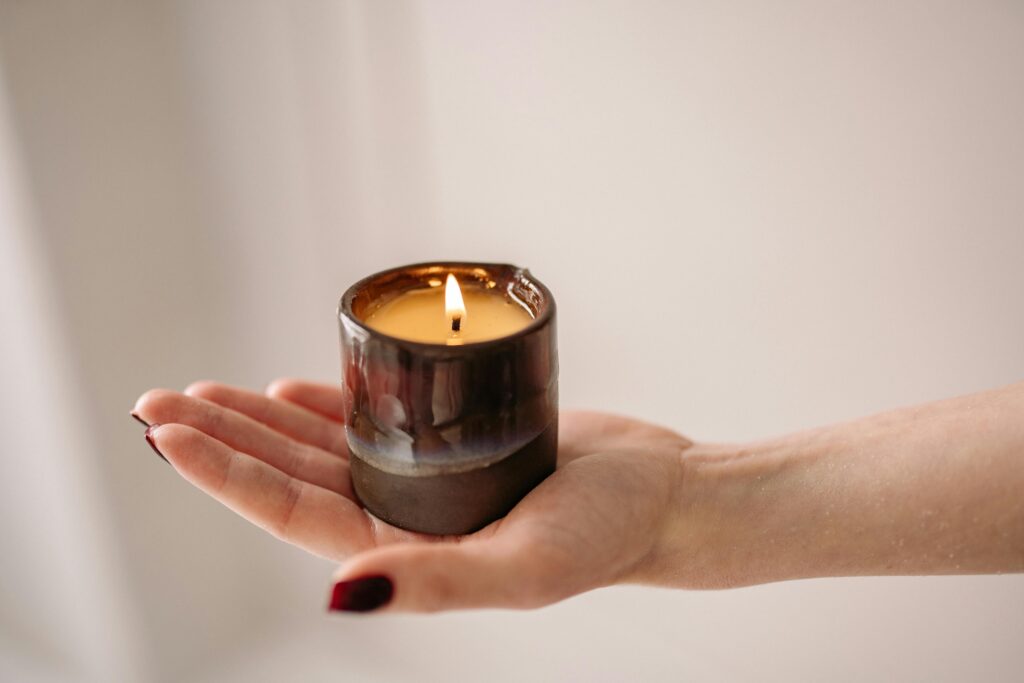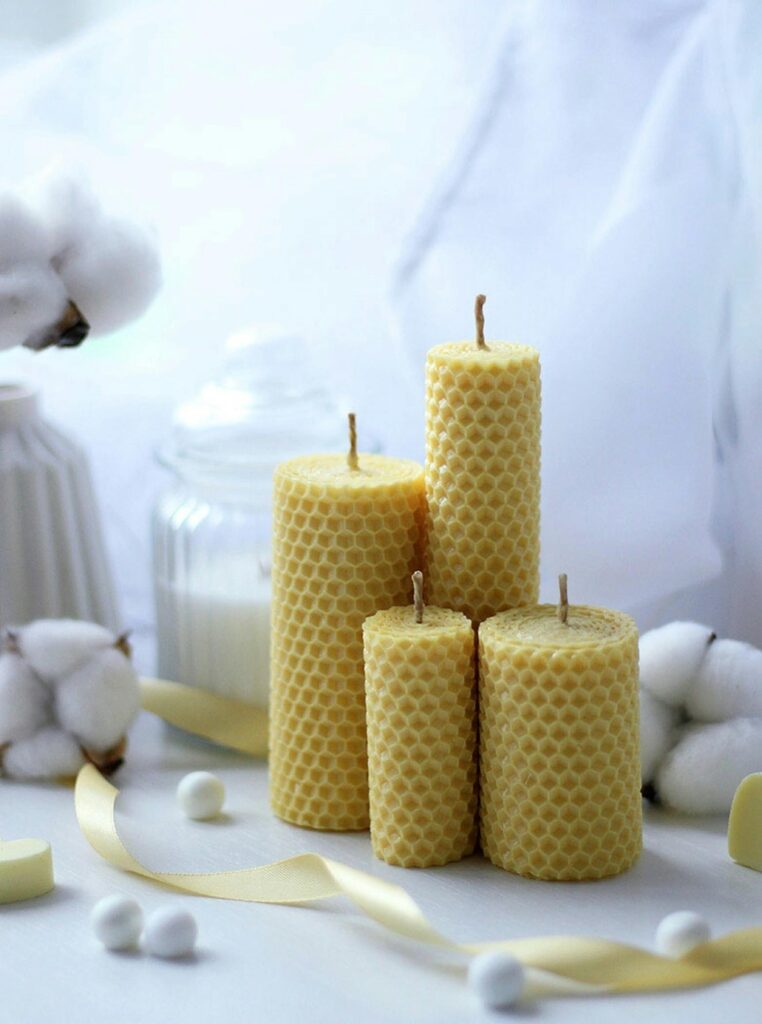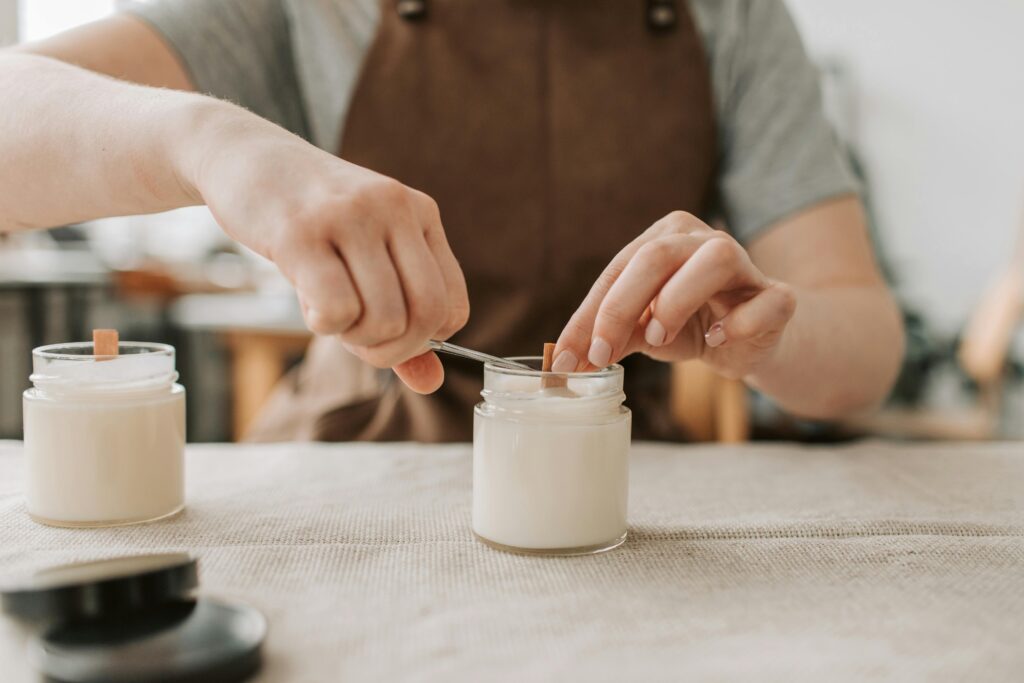Ever wished your home could smell like a cozy vanilla chai latte or a fresh pine forest—without filling the air with mystery toxins? That’s the beauty of clean burning candles! With the right ingredients and a little know-how, you can craft candles that are free from soot, toxins, and questionable chemicals. Whether you’re a first-time candle maker or a seasoned wax whisperer, let’s get into the science (and a little magic) of creating candles that glow guilt-free.

Ever noticed how some candles burn clean and bright while others leave behind a trail of black soot? The secret lies in the ingredients and craftsmanship. From the best wax choices to wick selection and proper burning techniques, we’ll explore what makes clean burning candles truly clean—so you can enjoy a cozy glow without compromising air quality.
So grab a cup of coffee or tea, settle into a cozy spot, and let’s light up this conversation. You’ll leave here not just with knowledge but also an arsenal of tips for crafting candles that are as beautiful as they are safe to burn. Ready to dive in?
Health Implications of Non-Clean Burning Candles
Let’s dive into the nitty-gritty about why clean burning candles are a must-have in your life. When you light up those non-clean burning candles, you’re not just adding ambiance to your room; you might also be introducing some unwanted guests—like soot and toxins—to your home.
First off, let’s talk about the smoke and soot that come from burning traditional paraffin wax candles. These little black specks aren’t just a nuisance for cleaning; they can really impact your respiratory system over time. Imagine breathing in what’s essentially diesel fuel residue—no thanks! Clean-burning candles, like those made with soy or beeswax, emit much cleaner smoke.
But it’s not just the soot you need to worry about. Non-clean-burning candles can release volatile organic compounds (VOCs) and other nasty chemicals when burned. These are not exactly your friends for a healthy home environment. You’re better off with cleaner candles that keep these nasties at bay, ensuring your air quality stays top-notch.
Now, think about it: would you rather have the peace of mind knowing your home is filled with natural scents and clean burning flames or deal with potential health risks? The choice is pretty clear. Opting for clean candles to burn means enjoying that cozy glow without worrying about what’s floating in the air.
Environmental Impact of Clean Burning vs Toxic Candles
You know that whole “reduce, reuse, recycle” mantra we grew up with? Well, making the switch to clean burning candles falls right in line with it. When you light up a toxic candle, you’re essentially sending pollutants into the air and potentially harming wildlife and ecosystems. It’s like throwing a party for bacteria and dust mites instead of having a cozy night in.
One major difference between certain candles and their cleaner counterparts is how they affect your home’s environment. Clean-burning candles emit less soot, are biodegradable, and often come from renewable sources like soybeans or coconut oil. This makes them an excellent choice for reducing your carbon footprint.
Let’s also consider the manufacturing process. Soy wax, derived from soybeans, is a fantastic option for creating clean candles to burn. It’s biodegradable and emits less soot compared to paraffin. On the flip side, paraffin wax, which is petroleum-based, can release toxins when burned—definitely not what you want in your cozy living room or bedroom and also not great to just throw away into the dump either.
Choosing the Right Wax for a Clean Burn
When it comes to crafting clean burning candles, the type of wax you choose is like picking the right paint before painting your walls—crucial for the end result. Let’s dive into the world of waxes and see what makes some better choices than others.
Avoiding the Clutter: Soy vs Paraffin Wax
Soy wax, derived from soybeans, is a fantastic option for creating clean candles to burn. It’s biodegradable, renewable, and emits less soot compared to paraffin. On the flip side, paraffin wax, which is petroleum-based, can release toxins when burned—definitely not what you want in your cozy living room or bedroom.

Beeswax: Nature’s Gold
For those who really want to go all out, beeswax is a top-tier choice for its purity and the natural scent it brings. It burns longer than other waxes and produces negative ions that can actually purify the air around you. Just remember, while it’s an excellent wax, it comes with a higher price tag.
So whether you’re leaning towards the eco-friendly soy or the luxury of beeswax, picking the right wax will make your candle-burning experience not only enjoyable but also safely clean.
More Tips for Making Your Own Clean Burning Candles
Mix It Up with Natural Additives
You don’t want to use artificial fragrances or dyes when you’re aiming for a candle that burns cleanly. Opt instead for essential oils and natural colorants like clays or oxides. Not only do they smell divine, but they also give off a soothing vibe without any harmful chemicals. Plus, who doesn’t love the idea of sniffing something that’s as good for them as it is fragrant?

Size Matters: Wick to Wax Ratio
The size and type of your wick are crucial. A wick that’s too thick will smoke excessively, while a wick that’s too thin won’t burn evenly or at all. You need the right balance for a clean burning candle. Experiment with different sizes until you find what works best for your wax type and container size. It might take some trial and error, but once you nail it, you’ll be a candle-making pro.
Frequently Asked Questions
Got questions? We’ve got answers!
Are clean-burning candles worth the extra cost?
Absolutely! Clean burning candles, like soy and beeswax candles, might cost a bit more upfront, but they offer better value in the long run. They last longer, produce less soot, and are free of harmful chemicals. Plus, let’s face it—cleanest candles to burn are worth the investment for your health and home.
Can I use vegetable oil instead of wax when making candles?
You can experiment with vegetable oil, but there’s a catch! It won’t have the same consistency or scent-holding capacity as traditional waxes. Stick to paraffin, soy, or beeswax for the best results. If you’re after natural and clean-burning candles, soy wax is your go-to choice.
What’s the deal with scented candles? Do they affect air quality?
Scented candles can add a lovely ambiance to any room, but be mindful of the ingredients. Some fragrances contain phthalates that can irritate lungs and eyes. Opt for clean-burning candles that use essential oils or high-quality synthetic fragrances. Your home will smell divine without compromising on air quality!

Leave a Reply